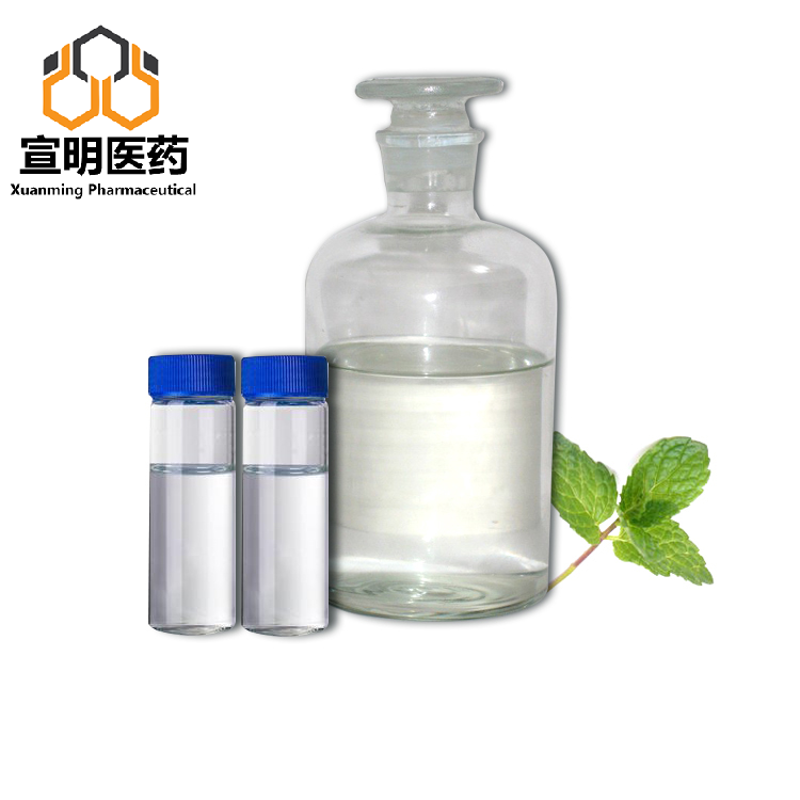-
Categories
-
Pharmaceutical Intermediates
-
Active Pharmaceutical Ingredients
-
Food Additives
- Industrial Coatings
- Agrochemicals
- Dyes and Pigments
- Surfactant
- Flavors and Fragrances
- Chemical Reagents
- Catalyst and Auxiliary
- Natural Products
- Inorganic Chemistry
-
Organic Chemistry
-
Biochemical Engineering
- Analytical Chemistry
-
Cosmetic Ingredient
- Water Treatment Chemical
-
Pharmaceutical Intermediates
Promotion
ECHEMI Mall
Wholesale
Weekly Price
Exhibition
News
-
Trade Service
| Propose new strategies for early treatment of osteoarthritis |
Supported by the National Natural Science Foundation of China and the National Key Research and Development Program, the research group of Professor Ren Li of the School of Materials Science and Engineering of South China University of Technology proposed a method of simulating articular cartilage brush-like lubricating composite nanofibers, which is expected to be used for the treatment of early bone Arthritis provides a new strategy
.
Related research was recently published online in "Nature-Biomedical Engineering"
Osteoarthritis is the most common degenerative joint disease.
It is caused by cartilage degradation, injury, obesity and other factors.
It is the primary cause of disability in the adult population
.
At present, China has become the country with the largest number of elderly people in the world.
Based on the mechanism that the realization of the excellent lubricating properties of natural articular cartilage requires synovial fluid molecules to combine to form a lubricating layer on the cartilage surface, Ren Li’s research group constructed two types of excellent lubricating properties and excellent biological phases from the bionic design of the composition and structure.
Capacitive brush-like lubricating composite nanofibers HA/PA and HA/PM
.
Studies have found that HA/PA and HA/PM show high affinity for cartilage proteins, forming a lubricating layer on the cartilage surface and effectively lubricating damaged human cartilage, reducing its friction coefficient to the typical low level of natural cartilage.
The results prove that HA /PA and HA/PM together have an excellent lubricating effect on human cartilage
.
In addition, by injecting two types of nanofibers into rats with surgically induced early osteoarthritis joints, the researchers found that the superior lubricating effect of HA/PA and HA/PM promoted cartilage regeneration and even reversed osteoarthritis.
Progressed and eliminated osteoarthritis within 8 weeks
.
It is understood that Professor Liu 30 and Professor Ren Li from the School of Materials Science and Engineering, South China University of Technology, and Professor Chuanbin Mao from the University of Oklahoma in the United States are the corresponding authors of the paper
.
(Source: Zhu Hanbin, China Science News)
Related paper information: https://doi.
https://doi.
org/10.
1038/s41551-021-00785-y







